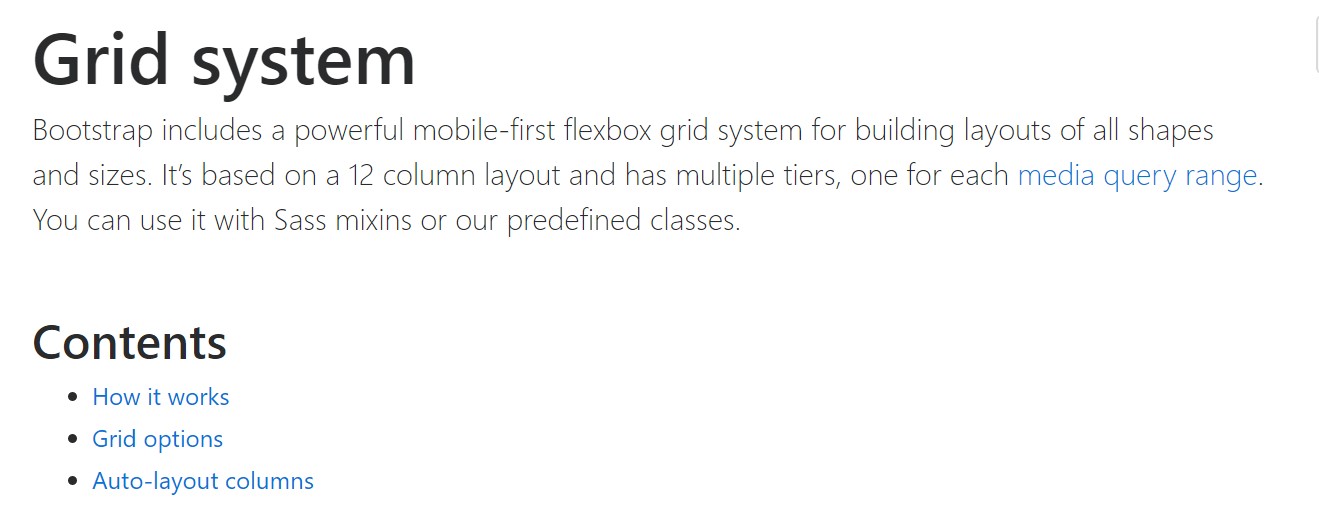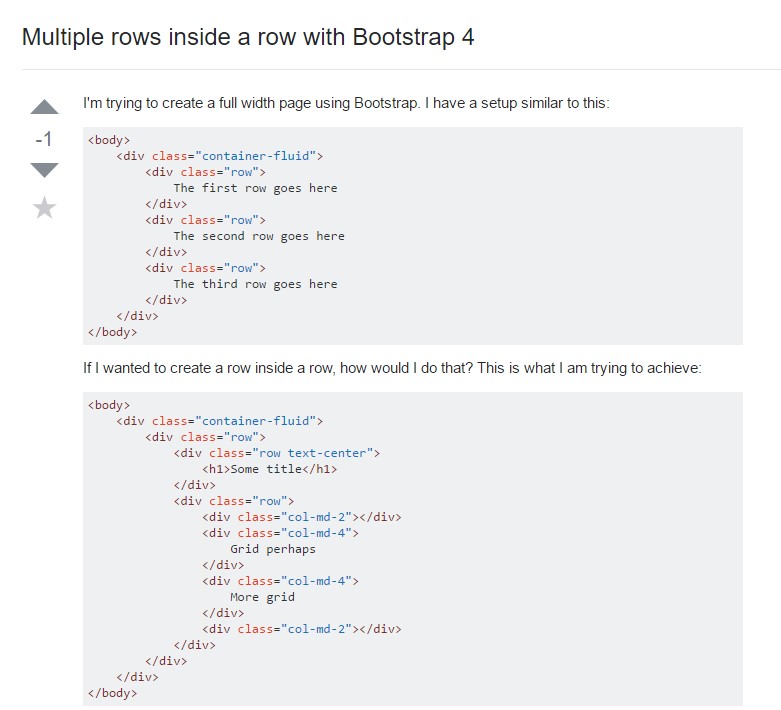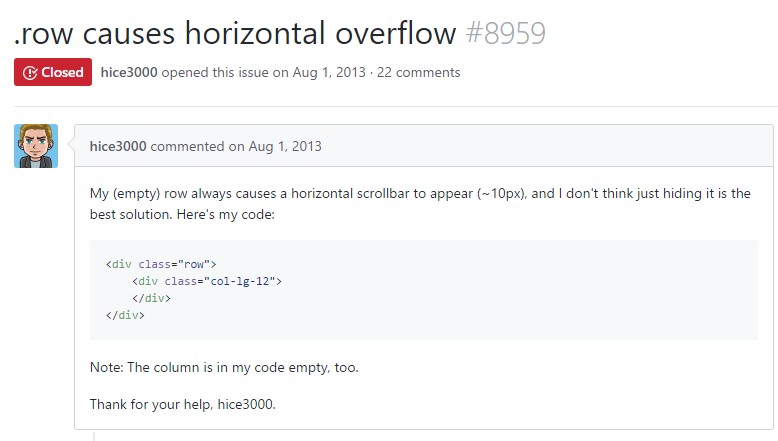Bootstrap Row Set
Overview
Exactly what do responsive frameworks perform-- they deliver us with a useful and working grid environment to place out the web content, making certain if we identify it correctly and so it will work and showcase correctly on any device despite the dimensions of its display screen. And much like in the building each framework including the most prominent one in its most current version-- the Bootstrap 4 framework-- incorporate simply just a handful of main elements that laid down and integrated efficiently have the ability to assist you design nearly any kind of beautiful appeal to fit your design and view.
In Bootstrap, usually, the grid system becomes constructed by three basic components which you have very likely already encountered around looking into the code of some pages-- these are actually the
.container.container-fluid.row.col-If you're rather new to this entire thing and sometimes may ask yourself which was the appropriate method these 3 must be applied inside your markup right here is a plain tip-- everything you have to always remember is CRC-- this abbreviation comes with regards to Container-- Row-- Column. And considering that you'll quickly adapt viewing the columns serving as the inner element it is certainly not change possible you would definitely misstep what the very first and the last C stands for. ( discover more)
Handful of words about the grid system in Bootstrap 4:
Bootstrap's grid mode uses a number of columns, containers, and rows to format as well as align material. It's built with flexbox and is perfectly responsive. Shown below is an illustration and an in-depth take a look at just how the grid comes together.
The aforementioned scenario creates three equal-width columns on little, standard, large size, and extra large size gadgets using our predefined grid classes. Those columns are centralized in the web page along with the parent
.containerHere is simply how it works:
- Containers give a method to center your web site's elements. Utilize
.container.container-fluid- Rows are horizontal sets of columns that provide your columns are actually lined up appropriately. We use the negative margin method regarding
.row- Content should really be installed inside of columns, and only columns can be immediate children of Bootstrap Row Grid.
- Because of flexbox, grid columns without any a fixed width is going to instantly design having equal widths. For example, four instances of
.col-sm- Column classes signify the variety of columns you 'd like to employ out of the possible 12 per row. { In such manner, in the event that you would like three equal-width columns, you can work with
.col-sm-4- Column
widths- Columns feature horizontal
paddingmarginpadding.no-gutters.row- There are five grid tiers, one for each responsive breakpoint: all breakpoints (extra small-sized), small-sized, standard, large size, and extra big.
- Grid tiers are founded on minimum widths, meaning they concern that tier and all those above it (e.g.,
.col-sm-4- You are able to apply predefined grid classes as well as Sass mixins for additional semantic markup.
Bear in mind the restrictions and failures about flexbox, like the incapability to work with some HTML elements such as flex containers.
Though the Containers provide us fixed in max size or else spreading from edge to edge straight area on display with slight helpful paddings across and the columns grant the means to distributing the display screen area horizontally-- again with several paddings about the factual content providing it a space to breathe we are simply going to aim our consideration to the Bootstrap Row element and all of the good approaches we are able to utilize it for designating, aligning and delivering its components applying the bright brand-new to alpha 6 flexbox utilities which are truly several classes to provide to the
.row-sm--md-Efficient ways to use the Bootstrap Row Css:
Flexbox utilities may be employed for creating the order of the components maded inside a
.row.flex-row.flex-row-reverse.flex-column.flex-column-reverseHere is just how the grid tiers infixes get used-- for instance to stack the
.row.flex-lg-column.flex-Together with the flexbox utilities related to a
.row.justify-content-start.justify-content-end.justify-content-center.justify-content between.justify-content-aroundThis counts as well to the vertical setting which in Bootstrap 4 flexbox utilities has been simply dealt with as
.align-.align-items-start.row.align-items-end.align-items-centerAn additional selections are adjusting the objects by their baselines being lined up the class is
.align-items-baseline.align-items-stretchAll the flexbox utilities mentioned so far uphold independent grid tiers infixes-- place them right prior to the very last word of the matching classes-- just like
.align-items-sm-stretch.justify-content-md-betweenConclusions
Here is simply how this vital but at first look not so customizable element-- the
.rowCheck out a few video tutorials about Bootstrap Row:
Connected topics:
Bootstrap 4 Grid system: formal documentation

Multiple rows inside a row with Bootstrap 4

One more difficulty: .row
causes horizontal overflow
.row
